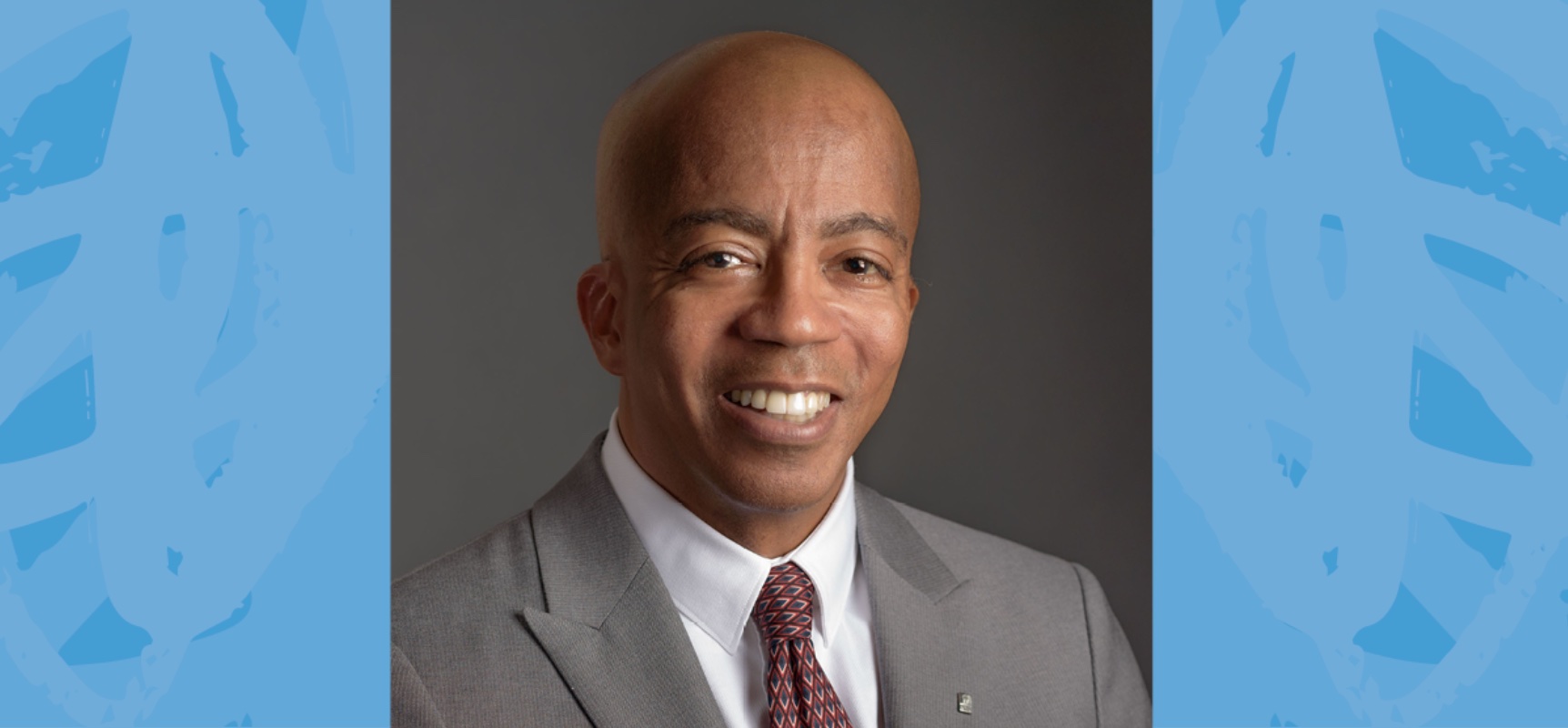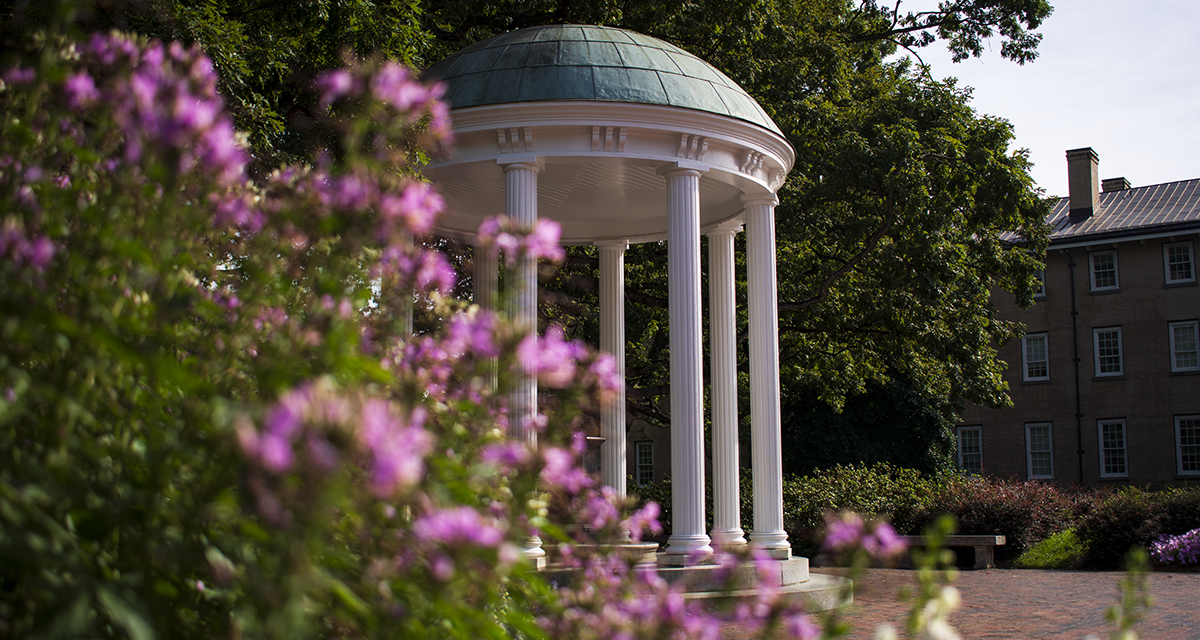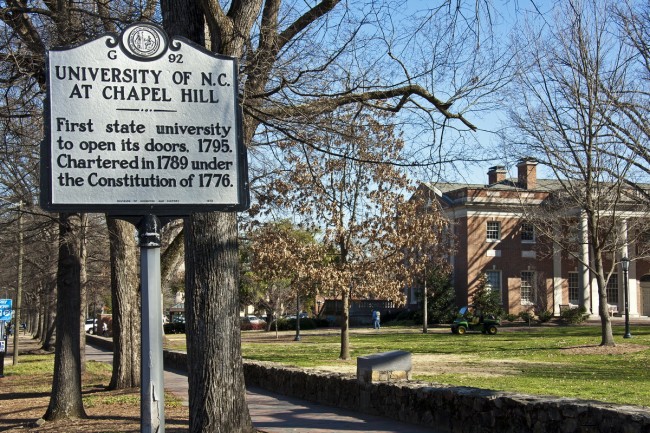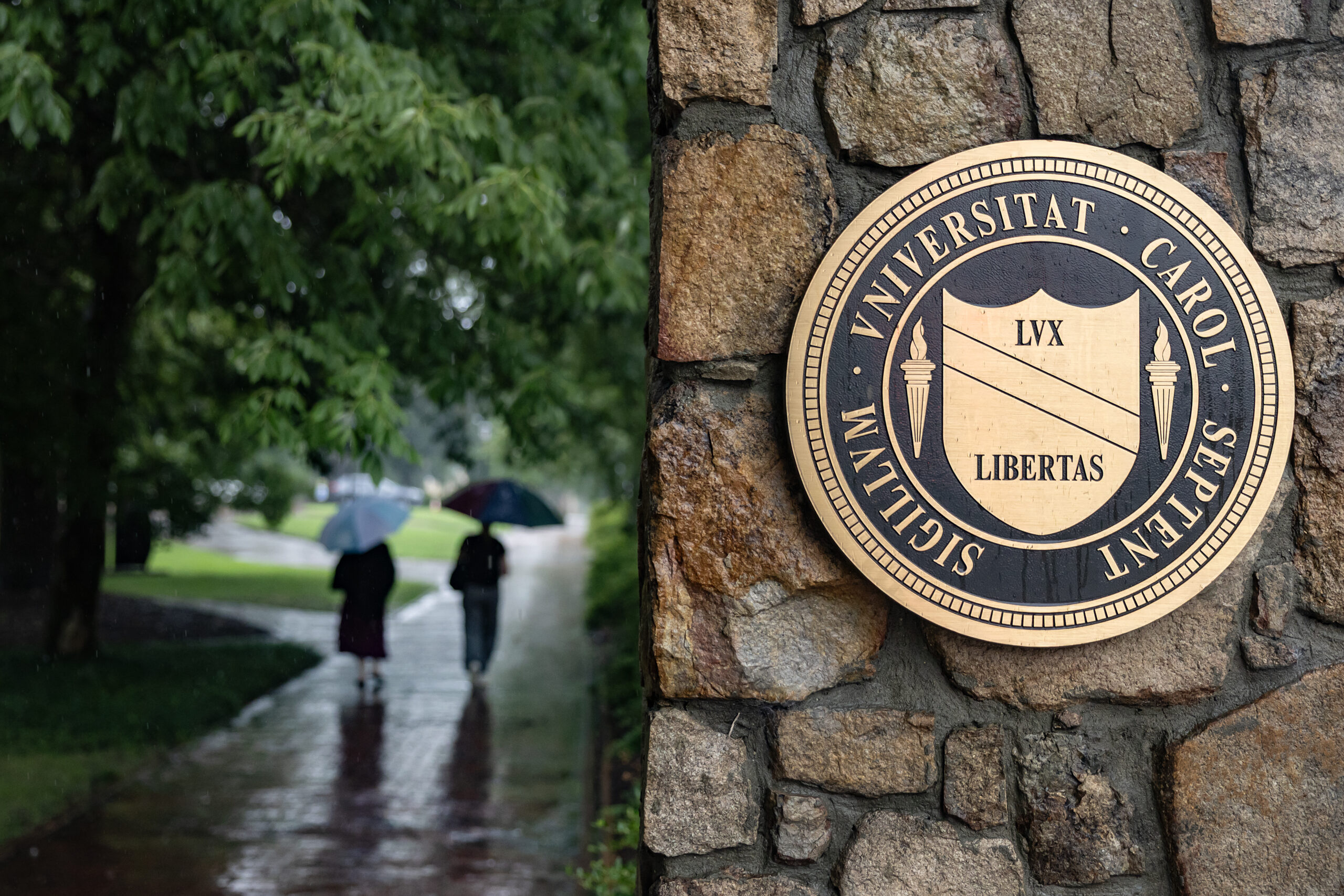Before Carrboro gets too far into the process of developing its Comprehensive Plan, town elected leaders received a crash course last week in racially equitable methods of gathering community input.
Over the past year, the Carrboro Board of Aldermen have had preliminary discussions for a proposed Comprehensive Plan, which would act as a blueprint for the town’s growth over the next several decades.
A group of four Social Work students from UNC presented their study to the aldermen about how to approach the early stages of that plan in a way that includes communities that are historically-marginalized.
Their focus: the town’s community outreach.
Carrboro had done a good job in promoting equality in similar plans in the past, the group found, but there was still progress to be made.
The group – made up of undergraduates, Susanna LaRochelle, Aklesia Maereg, Klaus Mayr and Sean Nguyen – used the Racial Equity Toolkit to make recommendations to Carrboro’s elected board. The toolkit has been used by municipal governments nationwide, including in Boston and Baltimore. In Seattle, the city’s budget office requires departments to use the Racial Equity Toolkit to analyze all of their budget proposals.
In Carrboro, the students recommended the city do a better job utilizing the relationships between marginalized people and nonprofits, like El Centro Hispano and Community Empowerment Fund. Long-serving nonprofits have the community connections and trust needed to facilitate better engagement with those groups, according to the presentation. In the future, the students said, hopefully town government can build a similar connection of trust.
After the presentation, aldermen had time to ask questions or make comments. Damon Seils said breaking down barriers to civic engagement in town projects is the responsibility of officials.
“It’s always about reminding people in our positions and people on our staff that so much about engaging community is about not expecting people in the community to do the work for us. It’s our responsibility to do the work of engaging the community and creating spaces for that to happen.”
Related Stories
‹

New School of Social Work Vice Dean Discusses Return to UNCRobert Hawkins, the new vice dean for the UNC School of Social Work, joined 97.9 The Hill to talk the school and his vision for social work.

Multiple UNC Graduate School Programs Ranked in Nation's Top 10Several UNC graduate programs were ranked in the top 10 of their respective categories by the U.S. News & World Report this week. Rankings are based on a survey of peers from accredited institutions across the country. “Carolina’s graduate programs are exceptional, and it’s no surprise that our schools are ranked so highly,” said interim […]
![]()
'Hear Our Voices' Project Gives Voices to Marginalized GroupsArtwork, videos, interview transcriptions and photography were all included in Hear Our Voices: an interactive presentation by students at the UNC School of Social Work. Part of getting a degree from the school includes understanding how to relate to people who are different than you. This is what Doctor Iris Carlton-LaNay’s class had in mind […]

UNC Receives CDC Grant for Sexual Violence StudyCongressman David Price announced Tuesday that the Centers for Disease Control and Prevention (CDC) will award a grant of over $1.79 million to the UNC Injury Prevention Research Center. The grant will be dispersed over four years, and will be used specifically to study the impact of the “Wise Guys: The Next Level” rape prevention […]
![]()
UNC Announces New Dean for School of Social WorkUNC has announced the selection of Gary L. Bowen as the new dean for the School of Social Work. Bowen, who is currently Kenan Distinguished Professor in the School, will begin his new position on September first. “Gary Bowen is a longtime faculty member, who along with former Dean John B. Turner, worked to develop […]
![]()
UNC Hosting Forum To Reduce ViolenceCHAPEL HILL – In the wake of the tragedy in Newtown, Connecticut, the UNC campus and community are coming together with a goal to reduce violence. “Our schools are pretty safe places but we have a steady flow of these mass-casualty events,” said UNC Professor Stephen Marshall. Marshall is the director of the Injury Prevention […]

Staff Share Concerns for Upcoming UNC Initiative Aiming to Streamline Operational EfficienciesAs UNC nears the end of the fall semester, its employees are voicing concerns about its upcoming ServiceFirst initiative.

YouTuber MrBeast to Hold $10,000 Giveaway at UNC Basketball Game on Dec. 13Jimmy Donaldson, known on YouTube and other social media as MrBeast, will be holding a $10,000 giveaway for UNC students at the next men’s basketball game vs. USC Upstate at the Dean Smith Center on Dec. 13. STUDENTS! Y’all might not have needed another reason to make your way to Saturday’s @unc_basketball game, but here’s […]

UNC Baseball to be Featured in 'MLB The Show 26' Video GameThe Diamond Heels are in the game. UNC is one of 11 college baseball programs who will be added to the video game “MLB The Show 26” as part of its “Road to the Show” mode. In MLB The Show 26, Road To The Show adds 11 new colleges. @DiamondHeels Here’s your sneak peak at […]

Chansky's Notebook: Pro Football SchoolDrake Maye is getting most of the publicity, but several of his former teammates at UNC are also in the league this season.
›








